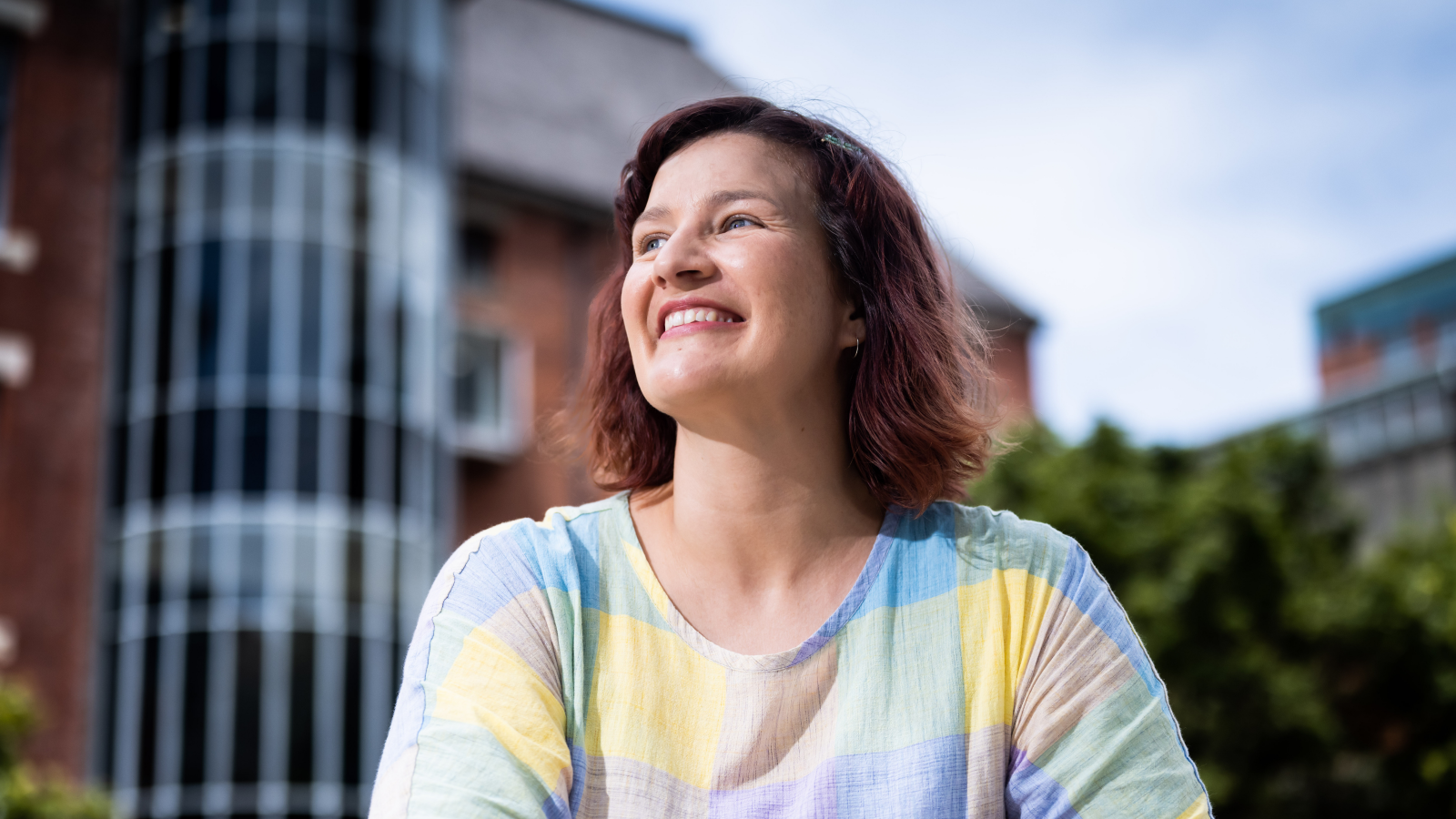
Rachel’s research started with a survey of early childhood education (ECE) teachers in Aotearoa New Zealand about their approach to teaching visual arts.
“The survey results showed conflicting approaches to teaching visual arts in New Zealand,” Rachel says. “Some teachers were very hands-off and preferred to leave the children to explore art materials without any adult guidance or involvement. Others were much more involved, with many of them believing that art is something you can be taught and supported to learn, just like you are taught to write your name or to add numbers together.”
Many teachers wanted to be more involved in visual arts but said that a lack of confidence and a lack of time meant they did not engage in visual arts experiences as often as they would like to. Those who were more confident said they owed it to good training received as part of their teaching qualifications or to prior life experience and art education.
“Most teachers placed a high value on visual arts for children, but there were definitely a variety of approaches and confusion around the role the teacher should play,” Rachel says.
Another interesting finding from the survey was that many teachers, when asked to name artists they would use as inspiration, named historically famous male European artists—like Monet or Picasso—but hardly anyone named artists that were relevant to the Aotearoa context, living in current times, from diverse cultures and genders, and in varied genres of art.
The next part of Rachel’s study involved creating a professional learning community (PLC) to help address some of the challenges ECE teachers were facing when trying to teach visual arts.
The group met on a regular basis for nine months, giving the teachers opportunities for professional reflection and discussion, and also practical art experiences. At alternate meetings of the group, artists came along and taught the teachers about different types of art, also giving the teachers the opportunity to make something themselves.
“Everyone who attended valued the time and space to discuss and learn about art,” Rachel says. “We saw a real shift in thinking and in teaching practice as a result of the group learning.”
Before joining the group, many teachers had a low level of confidence in their ability to teach art, and also in their own artistic abilities. Many of the teachers expressed a common opinion that artistic skills are something you either have or you don’t have.
“After taking part in the group, all of the teachers increased their confidence in their ability to both teach art and make art,” Rachel says. “They could see the value in making and teaching art regardless of their self-perceived ability. Art was demystified for them.”
The teachers that joined the group became more deliberate in their approach to teaching art.
“The teachers felt more confident to get involved with children in art-making, as well as helping children learn specific techniques and skills with art materials,” Rachel says. “They felt more confident in talking to children about art.”
Some of the teachers did face challenges in implementing this new approach to teaching at their centres, particularly when the job was very busy and when there were differing opinions about what was best practice amongst the team. However, supportive leadership and positive team culture enabled the participants to share their learning over time and to have an influence on the way visual arts were approached by everyone in their teams.
“There is evidence that a singular focus on free play in ECE can make teachers unsure of when it is okay to step forwards and get involved,” Rachel says. “When adults are afraid of offering ideas and extension, children can be limited by societal norms they learn outside the centre, rather than being enriched and broadening their horizons.”
While everyone in the PLC agreed that learning through play is vitally important in early childhood, the participants developed the ability to articulate why it is also worthwhile to intentionally plan and facilitate art experiences alongside free exploration of the materials.
Providing children with skills and knowledge about visual arts helps them to be able to express their ideas and creativity, Rachel says. They can also learn more about their culture, and about the cultures of others, through art.
“It was very exciting to see the individual successes and the changes in teaching practice that resulted from this research,” Rachel says. “I look forward to seeing visual arts education continue to develop in Aotearoa in ways that benefit teachers and children.”
